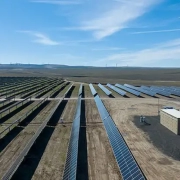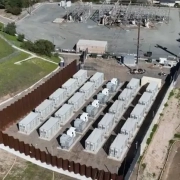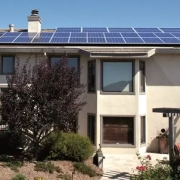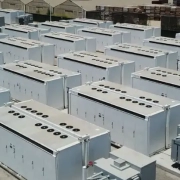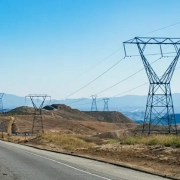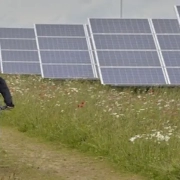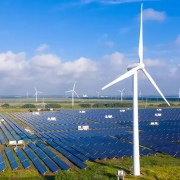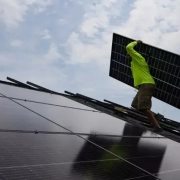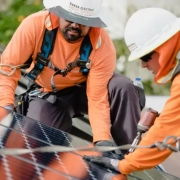California must add nearly 60 GW of new renewable energy and energy storage resources by 2035 to slash power sector greenhouse gas emissions under a sweeping plan approved Feb. 15 by state energy regulators.
“This is a critical component of California’s climate change strategy,” California Public Utilities Commission President Alice Reynolds said ahead of a 3-0 decision to approve the “preferred system plan and portfolio,” which is designed to reduce emissions in the power sector to 25 million metric tons by 2035.
More than 40 individual integrated resource plans filed by investor-owned utilities, community choice aggregators and other load-serving entities helped to shape the statewide preferred plan. Under the portfolio, the use of natural gas-fired power plants connected to the California ISO transmission system “would decrease by roughly 70% by 2035” compared with 2024, Reynolds said.
Click here to read the full article
Source: S&P Global
—
If you have any questions or thoughts about the topic, feel free to contact us here or leave a comment below.

